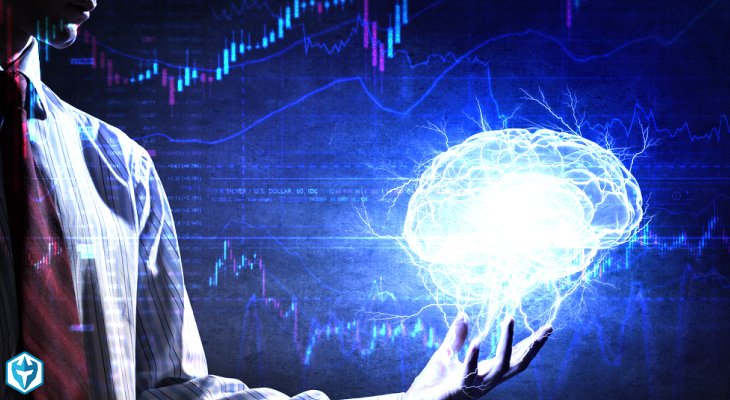Do Forex Trading Robots Really Work or Are They Just Hype?

The idea of making money in Forex trading without constantly monitoring the charts sounds like a dream. This is exactly what forex trading robots, also known as expert advisors (EAs), promise to deliver. These automated programs claim to analyze the market, execute trades, and generate profits with little to no human intervention. But do they really work, or are they just another overhyped tool in the forex world? Understanding how these robots function, their advantages, and their limitations can help traders decide whether automation is a game-changer or just another gimmick.
How Forex Trading Robots Work
Forex trading robots are software programs designed to follow specific trading algorithms. They scan market conditions, identify trade opportunities, and execute buy or sell orders based on predefined criteria. Some robots rely on technical indicators, while others use machine learning and artificial intelligence to adapt to changing market conditions.
The main appeal of these robots in Forex trading is their ability to remove emotional decision-making. Many traders struggle with fear and greed, leading to impulsive or irrational trades. Automated systems stick to their strategy without hesitation, ensuring consistent execution of trades.
The Advantages of Using Forex Trading Robots
One of the biggest benefits of trading robots is their ability to operate 24/5 without breaks. Unlike human traders, they don’t need sleep, allowing them to take advantage of opportunities in different market sessions. This is particularly useful in Forex trading, where the market operates around the clock.
Speed and efficiency are also key advantages. Robots can process vast amounts of market data within milliseconds and execute trades instantly. This speed is especially beneficial for scalping strategies, where quick entries and exits are necessary to profit from small price movements.
Additionally, forex trading robots eliminate emotional bias. Many traders struggle with hesitation, overtrading, or exiting positions too early due to fear. Robots follow their strategy without second-guessing, ensuring that trades are executed based on logic rather than emotion.
The Downsides of Relying on Automated Trading
Despite the benefits, forex robots are not foolproof. One of the biggest drawbacks is their inability to adapt to fundamental events. Economic news releases, central bank decisions, and geopolitical crises can cause sudden market movements that automated systems may not anticipate. While some advanced robots integrate news filters, many still struggle with high-volatility conditions.
Another issue in Forex trading is that most trading robots rely on historical data for backtesting. While past performance can provide insights, it does not guarantee future success. A strategy that worked in one market condition may fail when the market dynamics shift.
Moreover, many trading robots are sold with exaggerated profit claims. Some developers market their products with promises of guaranteed returns, which is unrealistic in forex. Traders need to be cautious of scams and conduct thorough research before investing in any automated system.
Should You Use a Forex Trading Robot?
Whether or not to use a forex trading robot depends on individual trading goals and risk tolerance. Automated systems can be useful for executing repetitive strategies and eliminating emotional bias. However, they should not be seen as a replacement for proper market analysis and risk management.
A more balanced approach is to use robots as a trading assistant rather than relying on full automation. Traders can combine manual analysis with automated execution to improve efficiency while maintaining control over their strategy. Regular monitoring and adjustments are necessary to ensure the robot performs well under different market conditions.
Forex trading robots can be a valuable tool, but they are not a guaranteed path to success in Forex trading. While they offer speed, efficiency, and emotion-free execution, they also come with risks, including poor adaptability to news events and potential scams. Traders who choose to use automated systems should approach them with realistic expectations, proper risk management, and a willingness to adjust their strategies when needed. Ultimately, a combination of automation and human decision-making is often the best approach for long-term success in forex.
What's Your Reaction?

















